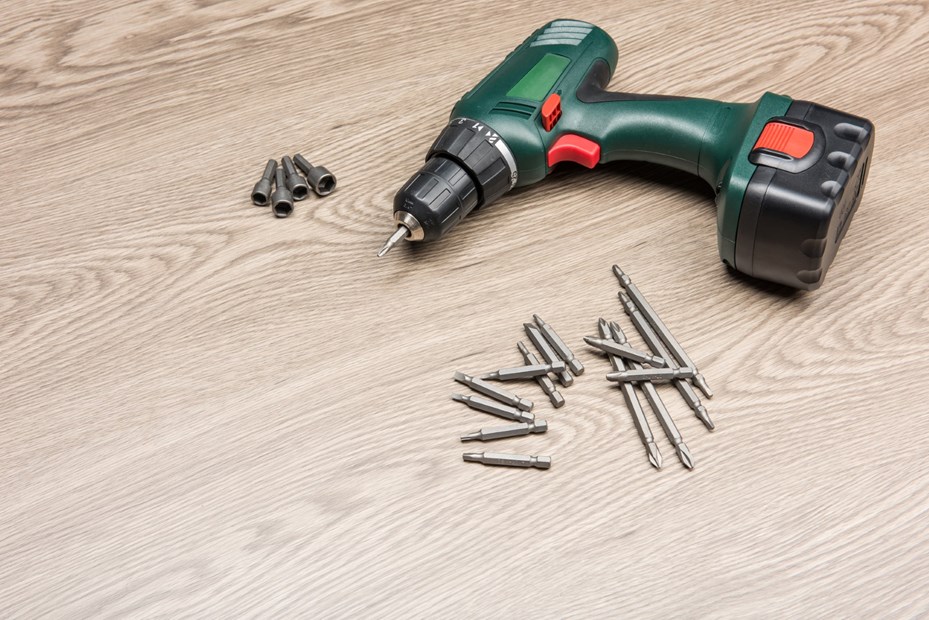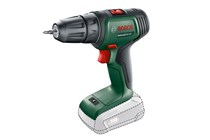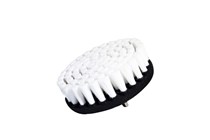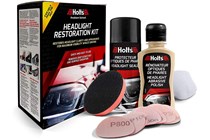Baked beans are a staple of the contemporary English Breakfast. Similarly, power drills are a staple of the DIYer’s tool collection, but not necessarily first in line for automotive tasks. That honour usually goes to a socket set.
Impact wrenches are a fantastic power tool for the home mechanic but so too are cordless power drills. The latter best serves the serious tinkerer in restoration jobs, autobody repairs, and installing stereos for example. Casual DIYers can also find benefits in a power drill for automotive use with detailing tasks, such as buffing, polishing, and headlight restoration, in addition to the wealth of other general domestic tasks.
With cordless power drills being as versatile as they are, there’s no reason to suggest models specifically for automotive use because that would be silly. It would be like recommending a toothbrush only for your canine teeth. The right drill can attack all the jobs you need it – just in the same way a toothbrush can clean all your teeth.
Buying a cordless drill: things to consider
Quality: Please stick to established, reputable tool brands. There are cheap rip-offs available online promising big things but delivering nothing, and you can forget about any sort of warranty.
Type: Drill drivers are for drilling holes and fastening/loosening screws. Combi drills can do these things but have the added ability of a hammer function for drilling into masonry or brick. Combi drills are more powerful and better all-rounders but not everyone needs the hammer function. You certainly don’t for automotive use.
Chuck size: Cordless drills tend to have a 3/8-inch/10mm or a 1/2-inch/13mm chuck. It determines the size of the drill bits you can use with the drill. Naturally, 13mm chucks can house larger drill bits and are meant for bigger jobs. A 10mm chuck is fine for almost all domestic jobs.
Motor: A regular power tool motor uses carbon blocks called brushes. They conduct electrical currents to drive the tool. It’s a good system but over time brushes wear out and need replacing. Brushless motors instead use electromagnets. In addition to not having brushes, brushless motors are more efficient, compact, and powerful. Therefore, if you are the kind of person to use your drill a lot, consider brushless.
Torque: As with cars, the more torque a drill has, the easier it is for it to perform. However, variable torque on drills is an important feature because it can prevent over-screwing or head-stripping when driving in a screw.
Batteries: Modern cordless tools run with lithium-ion batteries. Drills can be used with the lithium-ion batteries of that particular brand, which will have a range of sizes, often from 1.5Ah up to six or so. Larger capacity batteries give longer run time but add heft. Cordless power tools of one brand cannot be used with batteries from another.
Purpose: Really think about what you want a cordless drill for. It’s easy to get swept away by models aimed at tradespeople, but they’re overkill for most DIYers, who would be better served by those designed for domestic use.
The best cordless power drills
Editor’s pick
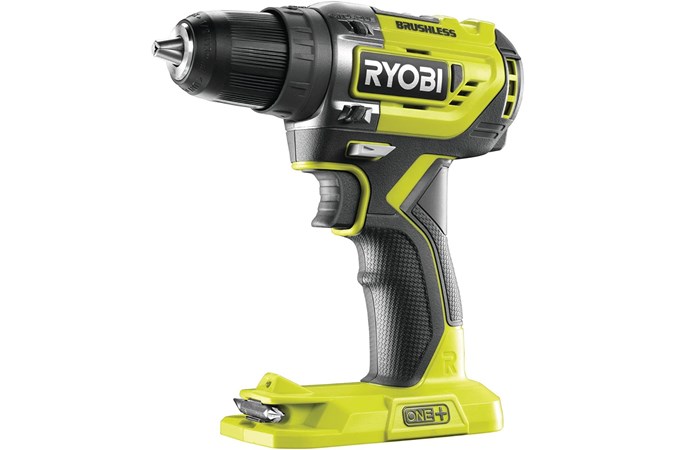

This particular drill driver is our overall winner because of its compact size, power, quality, and reliability. That’s a combination hard to fault. It also bears some clever features such as e-Torque, which automatically drives screws perfectly flush.
Warranty: 2 years, or 3 years with registration
| <strong>Type:</strong> | Drill driver |
| <strong>Voltage:</strong> | 18V |
| <strong>Torque:</strong> | 50Nm |
| <strong>Weight:</strong> | 1kg |
| <strong>Chuck size:</strong> | 13mm |
| <strong>Motor:</strong> | Brushless |
| <strong>Max wood:</strong> | 32mm |
| <strong>Max steel:</strong> | 13mm |
Best drill for light work


It’s not quite as powerful as the Ryobi drill, yet possesses enough torque for all the requirements it's 10mm chuck allows. Still featuring a two-speed gearbox and dozens of torque settings, just like more serious drills, the UniversalDrill 18V is ideal for light drilling and screwdriving alike.
Warranty: 2 years, or 3 years with registration
| <strong>Type:</strong> | Drill driver |
| <strong>Voltage:</strong> | 18V |
| <strong>Torque:</strong> | 40Nm |
| <strong>Weight:</strong> | 0.89kg |
| <strong>Chuck size:</strong> | 10mm |
| <strong>Motor:</strong> | Brushed |
| <strong>Max wood:</strong> | 30mm |
| <strong>Max steel:</strong> | 10mm |
Best heavy-duty DIY drill


At the price it is, the Slammer is also amazing value for money, given that it comes in a full kit with two batteries and a charger in a hard case. We recommend the Slammer to those who want a serious DIY drill but can’t justify the price of a trade-level tool.
Warranty: 1 year trade; 2 years DIY, or 3 years with registration
| <strong>Type:</strong> | Combi drill |
| <strong>Voltage:</strong> | 18V |
| <strong>Torque:</strong> | 60Nm |
| <strong>Weight:</strong> | 1.7kg |
| <strong>Chuck size: </strong> | 13mm |
| <strong>Motor:</strong> | Brushless |
| <strong>Max wood:</strong> | 40mm |
| <strong>Max steel:</strong> | 13mm |
| <strong>Max masonry:</strong> | 16mm |
| <strong>Max concrete:</strong> | 10mm concrete/13mm reinforced |
Best drill for awkward areas
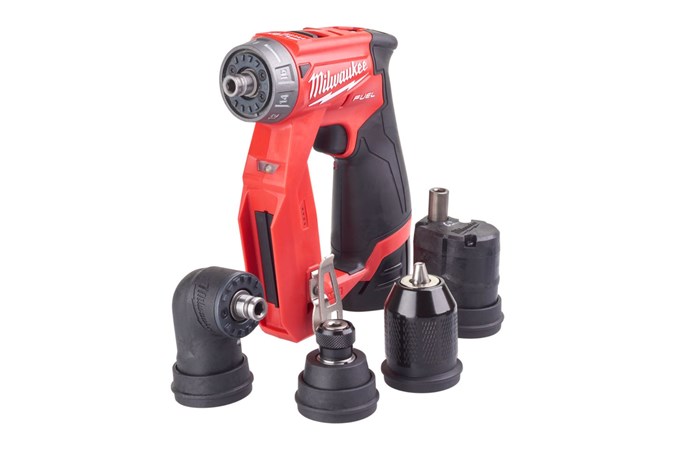

This drill is smaller and lighter than the 18V drills above but in addition to that, comes with four head attachments (10mm chuck, right angle, offset, and 6mm hex) in order to reach weird places. Even though it’s a 12V drill, it’s still as powerful as the 18V Bosch above, thanks to Milwaukee’s Powerstate brushless motor.
Warranty: 1 year trade, 3 years with registration
| <strong>Type:</strong> | Drill driver |
| <strong>Voltage:</strong> | 18V |
| <strong>Torque:</strong> | 60Nm |
| <strong>Weight:</strong> | 0.9kg (incl battery) |
| <strong>Chuck size:</strong> | 10mm |
| <strong>Motor:</strong> | Brushless |
| <strong>Max wood:</strong> | 28mm |
| <strong>Max steel:</strong> | 10mm |
Automotive accessories for drills
Below are some useful automotive kits and accessories for drills. All of these are aimed at DIYers and are simple to use, provided instructions are followed.
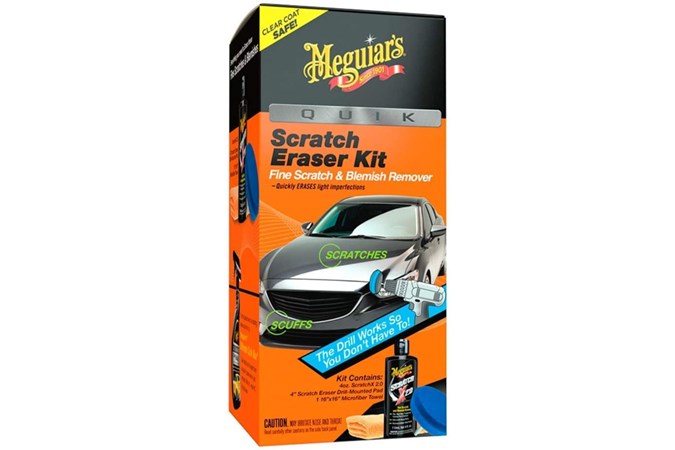

Sign up to the Parkers Newsletter to keep up to date with more of the latest reviews, news, and recommendations from the Parkers team.
Just so you know, whilst we may receive a commission or other compensation from the links on this page, we never allow this to influence product selections – read why you should trust us.
Just so you know, we may receive a commission or other compensation from the links on this website - read why you should trust us.


